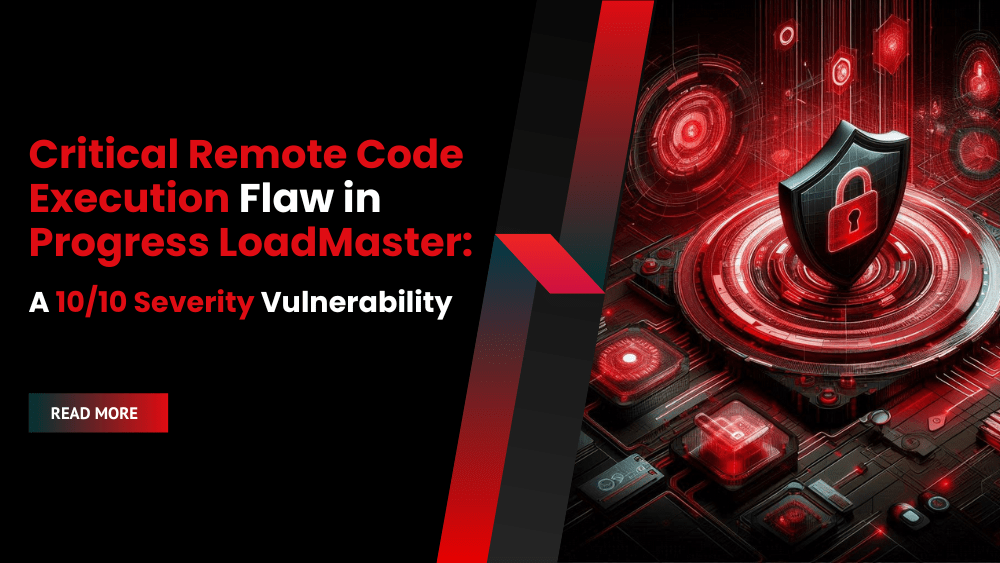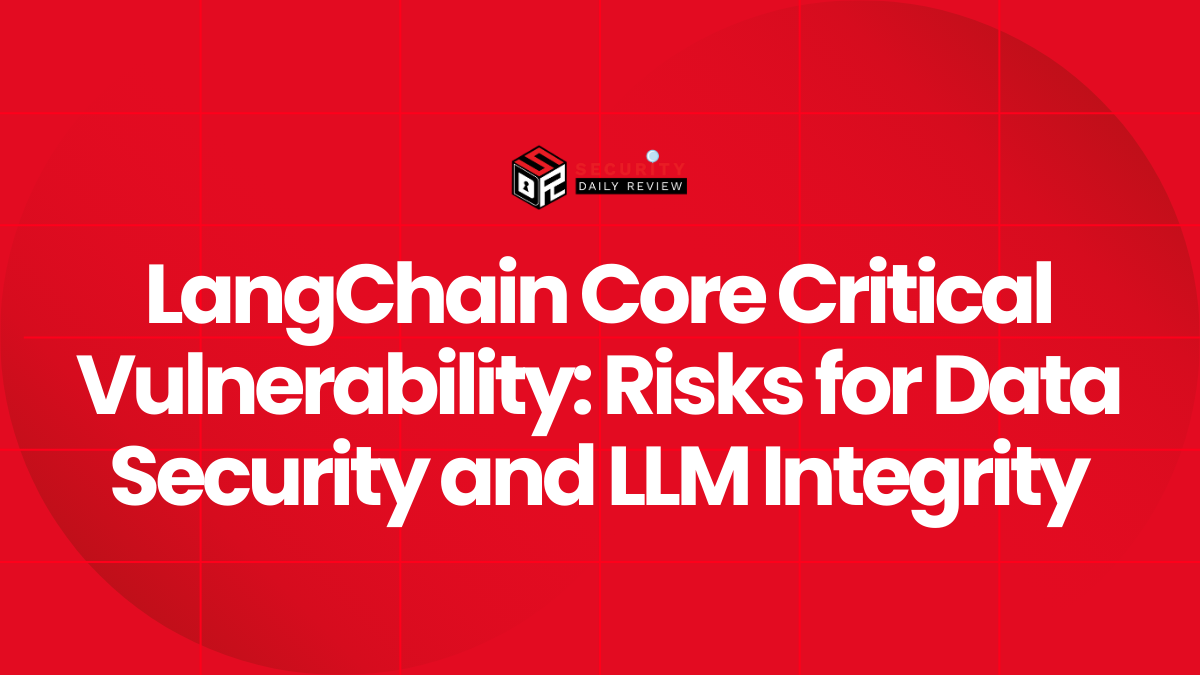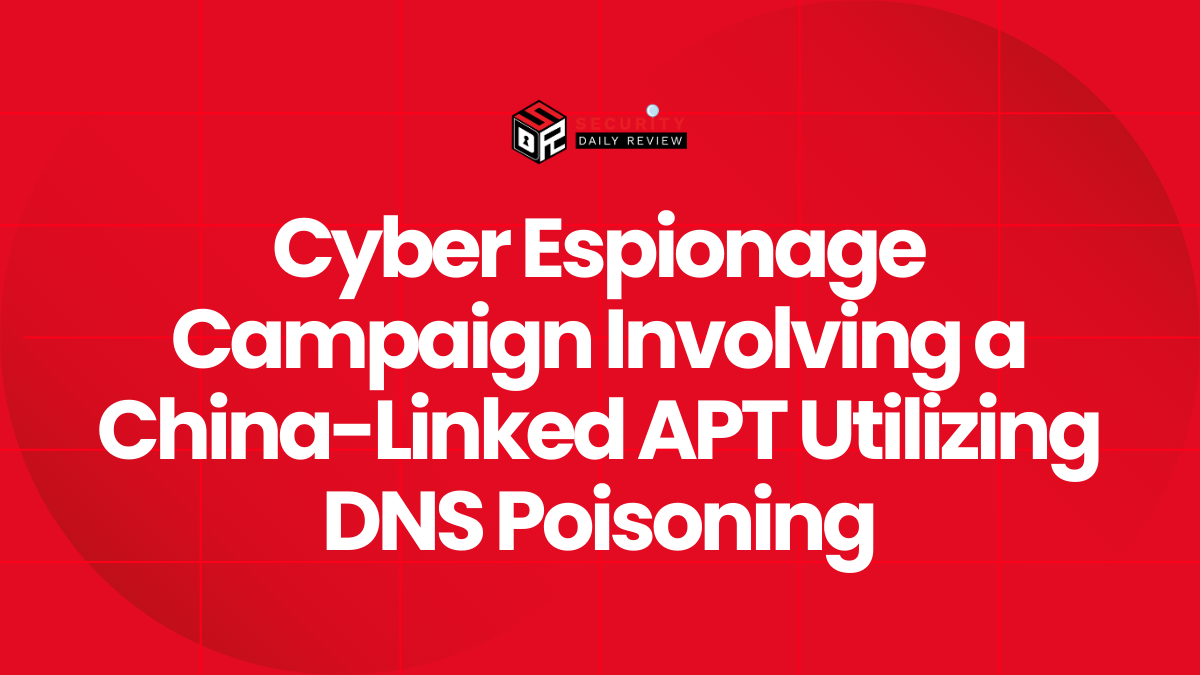A critical remote code execution (RCE) vulnerability has been discovered in Progress LoadMaster, a popular load balancing and application delivery controller (ADC) solution. This flaw, rated a 10/10 on the CVSS scale, allows attackers to execute arbitrary code on vulnerable systems with full administrative privileges, potentially leading to complete system compromise.
A Critical Remote Code Execution Vulnerability: CVE-2024-7591
Progress Software has issued an emergency patch for a critical Remote Code Execution vulnerability affecting its LoadMaster and LoadMaster Multi-Tenant (MT) Hypervisor products. This vulnerability, tracked as CVE-2024-7591, allows attackers to remotely execute commands on vulnerable devices, posing a significant risk to organizations relying on these products.
Understanding the Vulnerability: Improper Input Validation
The Remote Code Execution flaw is categorized as an improper input validation issue. It allows unauthenticated, remote attackers to exploit a weakness in LoadMaster’s management interface through a specially crafted HTTP request. This lack of user input sanitization enables attackers to execute arbitrary system commands on vulnerable endpoints.
“It is possible for unauthenticated, remote attackers who have access to the management interface of LoadMaster to issue a carefully crafted HTTP request that will allow arbitrary system commands to be executed,” states the security bulletin.
Impact: LoadMaster and MT Hypervisor Versions Affected
The vulnerability impacts LoadMaster version 7.2.60.0 and all previous versions, as well as MT Hypervisor version 7.1.35.11 and all prior releases. This includes Long-Term Support (LTS) and Long-Term Support with Feature (LTSF) branches.
The Fix: An Add-on Package for Vulnerable Versions
Progress Software has released an add-on package that can be installed on any of the vulnerable LoadMaster versions, including older releases. This means organizations don’t need to upgrade to a specific version to address the vulnerability. However, the patch does not apply to the free version of LoadMaster.
Urgent Action Needed: Protecting Your LoadMaster Environment
While Progress Software has not received reports of active exploitation for this vulnerability, it is crucial for all LoadMaster users to take immediate action to secure their environments. This includes:
- Installing the Add-on Package: Install the add-on package provided by Progress Software to patch the vulnerability.
- Implementing Security Hardening Measures: Implement the vendor-recommended security hardening measures to further strengthen the security of your LoadMaster environment.
The Importance of Security: A Reminder for Organizations
This is a reminder for all organizations, especially those in critical infrastructure sectors like transportation, of the critical importance of robust cybersecurity measures. The consequences of a successful cyberattack can be far-reaching, impacting operations, reputation, customer trust, and even national security.
Enterprise businesses should consider these key takeaways:
Threat Intelligence: Staying informed about emerging cyber threats and attack trends is essential. Organizations can leverage threat intelligence feeds and security research to better understand potential risks and implement appropriate countermeasures.
Proactive Security Posture: Organizations must adopt a proactive security posture, going beyond reactive measures. This includes regular security audits, vulnerability assessments, penetration testing, and continuous monitoring of systems for suspicious activity.
Employee Training: Investing in comprehensive cybersecurity training for all employees is essential. This training should cover topics such as phishing awareness, password hygiene, data security best practices, and incident reporting procedures.
Multi-Factor Authentication: Implementing multi-factor authentication (MFA) for all critical systems and user accounts significantly enhances security by adding an extra layer of protection.
Data Encryption: Sensitive data should be encrypted both in transit and at rest. This helps protect data even if systems are compromised.
Incident Response Plan: Having a well-defined and tested incident response plan is crucial. It outlines steps to be taken in the event of a cyberattack, including containment, investigation, recovery, and communication.
Supply Chain Security: Organizations should prioritize security measures for their entire supply chain, including third-party vendors and partners. This includes conducting due diligence on suppliers and ensuring they have adequate security controls in place.









